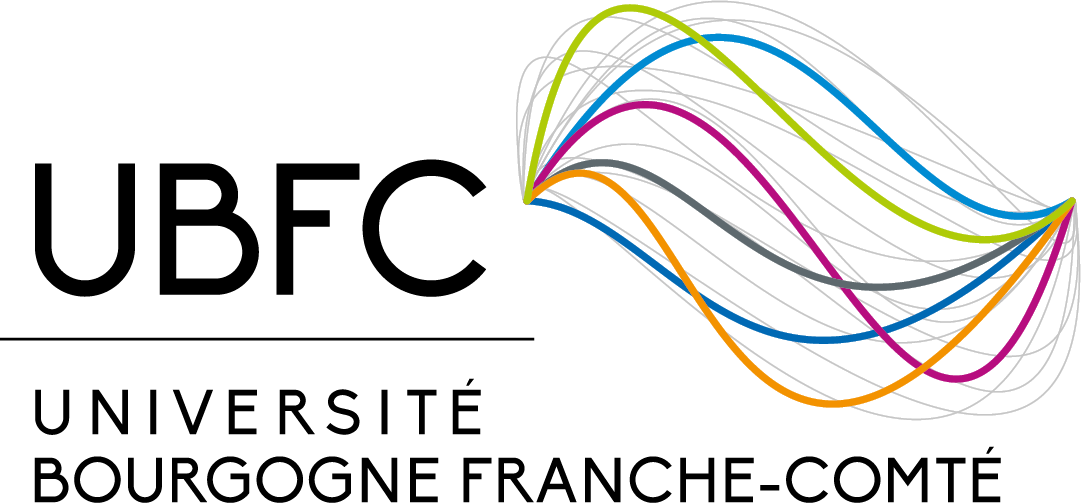The course provides an overview of the principles of laser operation and the unique properties of laser light find applications in science and industry. The following topics for the core of the module are:
- A review of the semiclassical model for light-matter interactions.
- Blackbody radiation, classical versus quantum descriptions of light, the complex susceptibility and its relation to absorption, gain, and dispersion.
- Einstein’s model for quantum light-matter interactions.
- Absorption, spontaneous emission, stimulated emission, and the Einstein coefficients.
- The role of a cavity and laser oscillation threshold.
- Rate equations for 3- and 4-level lasers, including analytic and numerical solutions.
- Laser line width and homogeneous and inhomogeneous broadening mechanisms.
- Gaussian beams and optical resonators, and the statistical properties of optical speckle.
- Dynamical regimes of lasers including Q-switching and mode-locking.
The course is structured around both theoretical and numerical components, with numerical simulations and code examples being provided wherever possible to illustrate the physics. If time permits we will also consider laser applications in areas such as biophotonics, telecommunications, astronomy, and engineering.


